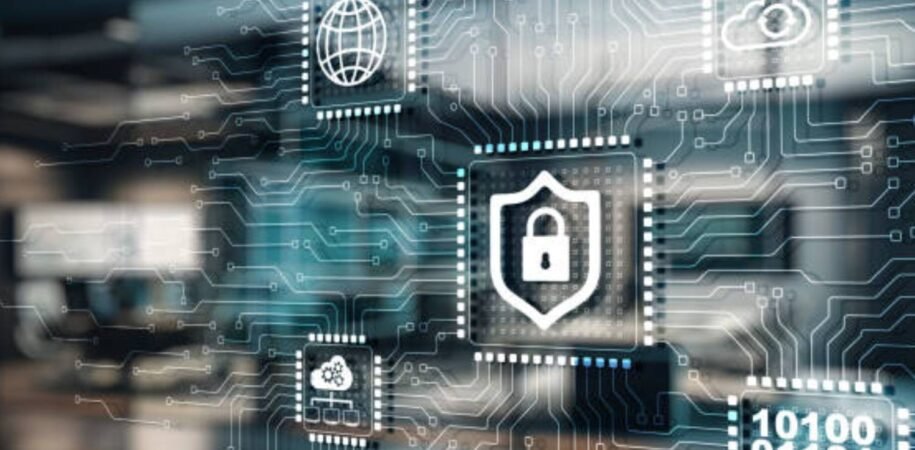Introduction
In our increasingly interconnected world, cybersecurity has become a critical concern for individuals, businesses, and governments alike. With the proliferation of digital technologies, the threat landscape has expanded, making robust cybersecurity measures essential to protect sensitive information and maintain trust in digital systems.
Understanding Cybersecurity
Cybersecurity refers to the practice of protecting systems, networks, and programs from digital attacks. These cyberattacks are typically aimed at accessing, changing, or destroying sensitive information; extorting money from users; or interrupting normal business processes.
Key Components of Cybersecurity
-
Network Security: Protects the integrity and usability of network and data.The Sun+12Axonius+12WIRED+12
-
Application Security: Ensures that software and applications are free from threats.
-
Information Security: Protects the integrity and privacy of data, both in storage and in transit.
-
Operational Security: Includes the processes and decisions for handling and protecting data assets.cybercrimeswatch.com+6mvpGrow+6KeySearch+6
-
Disaster Recovery and Business Continuity: Defines how an organization responds to a cybersecurity incident or any other event that causes the loss of operations or data.The Sun
-
End-user Education: Addresses the most unpredictable cybersecurity factor: people.
The Evolving Threat Landscape
Cyber threats are constantly evolving, becoming more sophisticated and harder to detect. Some prevalent threats include:Keywords Everywhere+1Sprintzeal.com+1
-
Malware: Malicious software designed to cause damage to a computer, server, client, or computer network.
-
Phishing: Fraudulent attempts to obtain sensitive information by disguising oneself as a trustworthy entity.
-
Ransomware: A type of malware that threatens to publish the victim’s data or block access unless a ransom is paid.
-
Denial-of-Service (DoS) Attacks: Disrupt services by overwhelming systems, servers, or networks with traffic.
-
Advanced Persistent Threats (APTs): Prolonged and targeted cyberattacks in which an intruder gains access to a network and remains undetected for an extended period.

Importance of Cybersecurity
The significance of cybersecurity cannot be overstated. Effective cybersecurity measures are crucial for:
-
Protecting Sensitive Data: Safeguarding personal and financial information from unauthorized access.
-
Maintaining Business Continuity: Ensuring that operations can continue smoothly without disruptions caused by cyber incidents.
-
Preserving Reputation: Preventing damage to an organization’s reputation due to data breaches or cyberattacks.
-
Compliance with Regulations: Adhering to legal and regulatory requirements related to data protection and privacy.
Best Practices for Cybersecurity
Implementing robust cybersecurity practices is essential to mitigate risks. Key strategies include:
-
Regular Software Updates: Keeping systems and applications up to date to patch vulnerabilities.
-
Strong Password Policies: Encouraging the use of complex passwords and regular changes.
-
Multi-Factor Authentication (MFA): Adding an extra layer of security beyond just passwords.
-
Employee Training: Educating staff about cybersecurity threats and safe practices.
-
Data Encryption: Protecting data in transit and at rest through encryption techniques.
-
Regular Backups: Ensuring data can be restored in case of loss or corruption.
Emerging Trends in Cybersecurity
As technology advances, new trends are shaping the cybersecurity landscape:
-
Artificial Intelligence (AI) and Machine Learning (ML): Utilized for threat detection and response.WIRED+2Talent500+2WIRED+2
-
Zero Trust Security Model: Assumes no trust and verifies every request as though it originates from an open network.
-
Cloud Security: Focuses on protecting data and systems in cloud environments.
-
Internet of Things (IoT) Security: Addresses vulnerabilities in connected devices.
-
Regulatory Compliance: Adapting to evolving laws and regulations related to data protection.
Conclusion
In today’s digital age, cybersecurity is more critical than ever. By understanding the threats, implementing best practices, and staying informed about emerging trends, individuals and organizations can protect themselves against cyber threats. Incorporating relevant keywords into your content not only enhances SEO but also ensures that your message reaches the intended audience effectively.



